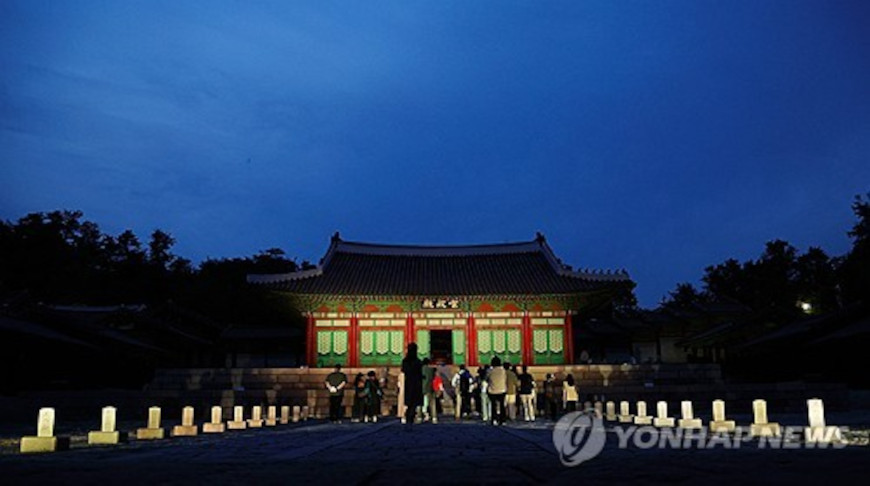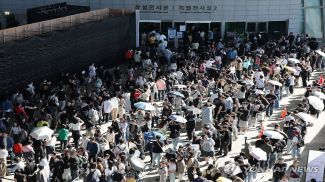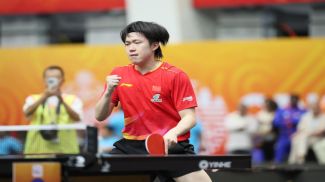
SEOUL, 17 July (BelTA - Yonhap) - Gyeonghui Palace, one of Seoul's five
grand palaces built during the Joseon Dynasty (1392-1910), and its
vicinity will be reborn as a large historical and cultural park about 10
times the size of Seoul Plaza, the Seoul city government said
Wednesday.
As part of the project, Joseon's fortress walls near Gyeonghui Palace and Donuimun, also known as West Gate, or Seodaemun, will be restored and an extensive green space will be newly created in and around the palace by 2035, it said.
The city government said it will begin work to create a historical garden inside Gyeonghui Palace this year and plans to renovate about 136,000 square meters of space in the palace and surrounding public land over the next 10 years.
The palace's main and other gates will be refurbished, and facilities unrelated to its historical context, such as vehicle access roads, will be removed to create a palace forest and a king's garden.
Gyeonghui Palace, completed in 1623, is where Kings Sukjong, Yeongjo and Jeongjo dwelled before much of it was lost during the Japanese colonial rule from 1910 to 1945. Donuimun was also demolished in 1915 during the colonial rule.
Despite being a large open space in the center of the city, the palace is not widely known to citizens, and the number of daily visitors is only 1,500, compared with 57,000 for Gyeongbok Palace and 28,000 for Deoksu Palace.
The city government said four public institutions around Gyeonghui Palace, including the Seoul Metropolitan Office of Education and the Donuimun Museum Village, will be included in the new historical and cultural park, while the Seoul Museum of History, built in 2002 next to the palace, may be relocated.
As part of the project, Joseon's fortress walls near Gyeonghui Palace and Donuimun, also known as West Gate, or Seodaemun, will be restored and an extensive green space will be newly created in and around the palace by 2035, it said.
The city government said it will begin work to create a historical garden inside Gyeonghui Palace this year and plans to renovate about 136,000 square meters of space in the palace and surrounding public land over the next 10 years.
The palace's main and other gates will be refurbished, and facilities unrelated to its historical context, such as vehicle access roads, will be removed to create a palace forest and a king's garden.
Gyeonghui Palace, completed in 1623, is where Kings Sukjong, Yeongjo and Jeongjo dwelled before much of it was lost during the Japanese colonial rule from 1910 to 1945. Donuimun was also demolished in 1915 during the colonial rule.
Despite being a large open space in the center of the city, the palace is not widely known to citizens, and the number of daily visitors is only 1,500, compared with 57,000 for Gyeongbok Palace and 28,000 for Deoksu Palace.
The city government said four public institutions around Gyeonghui Palace, including the Seoul Metropolitan Office of Education and the Donuimun Museum Village, will be included in the new historical and cultural park, while the Seoul Museum of History, built in 2002 next to the palace, may be relocated.













